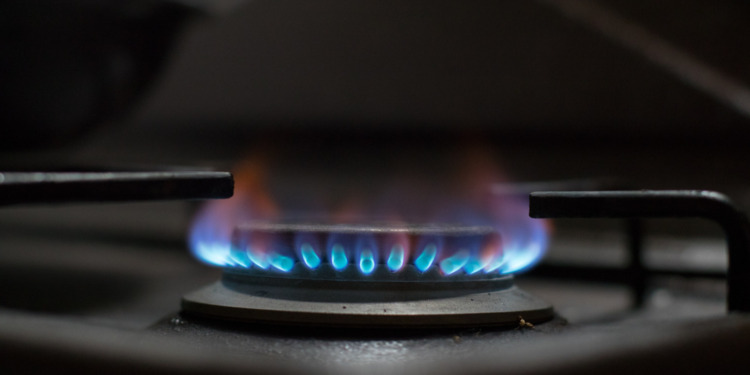The use of gas stoves has been linked to almost 40,000 early deaths in the European Union (EU) and the United Kingdom each year, according to a study out of Universitat Jaume I in Spain.
These deaths have been attributed to nitrogen dioxide exposure that comes from burning gas. This same exposure is responsible for 41,000 cases of paediatric asthma in the EU and UK each year.
Nitrogen dioxide exposure can lead to respiratory conditions, impaired lung function in children in particular, impaired cardiopulmonary function and consequently, premature death. Found in the combustion of fossil fuels in industry and transport as well, nitrogen dioxide can react to form other pollutants such as ozone which damage the earth’s atmosphere.
There has long been debate about the negative effects of gas stoves on human health as well as the environment. A previous study from the International Journal of Environmental Research and Public Health found that 12% of childhood asthma cases currently reported in the United States can be tied to the use of gas stoves. Scientific studies like this have provided the basis for calls to ban gas stoves completely in the United States.
In 2022, 51.5% of households in the US used natural gas for home heating, with 49% using it directly for cooking. In four of the US’ most populous states — California, Illinois, New Jersey and New York — 60-70% of homes use gas stoves for cooking.
According to the Universitat Jaume I study, funded by the European Climate Foundation, 33% of homes in Europe used gas stoves for cooking in 2022. Italy, Poland, Romania, France and the UK have the highest rates of death from nitrogen dioxide exposure. Those countries, in addition to Spain and the Netherlands, have the highest incidence of childhood asthma cases.
Asthma has long been the symptom of the negative effects of gas stove usage. Brady Seals, a co-author of the study and a manager at clean energy group RMI, explained to Bloomberg Green that “there is about 50 years of health studies showing that gas stoves are bad for our health, and the strongest evidence is on children and children’s asthma.”
Still, gas stoves are widely used in Europe and the US. This is in large part due to their lower costs for household consumers. Other consumers prefer gas stoves as they heat up quickly and do not require specific installations or venting in the same way as electric stoves. As a result, gas stoves cause hazardous levels of air pollution indoors if not properly ventilated.
Related Articles: Cooking up Solutions for Better Lives | Gas Is Not a Bridge Fuel, It’s a Wall | Europeans Return to Wood Burning for Warmth
The external implications of gas stoves, including environmental and public health damage, put a large financial burden on governments. The EU and the UK together spend €4 billion each year on paediatric asthma. Premature deaths from nitrogen dioxide cost an estimated €160 billion, €54 billion in Italy alone.
All this has led to a push for more widespread adoption of electric stoves and other safer alternatives.
Taylor Gurenwald, a research associate at Rewiring America, told The Guardian that “the most surefire way to eliminate risk of childhood asthma from gas stoves is to move to a clean cooking alternative like an induction stovetop or electric stovetop.”
Electric stoves have also been found to be more energy efficient and more precise in temperature control. They have no risk of gas leaks or fires. They’re easier to clean and they are quieter. Still, their higher costs seem to be a high barrier to large-scale use.
The best way to reduce the impact of gas stoves has been more policy initiatives and financial incentives for people to use electric stoves. Local governments and energy and utility companies can provide rebates and incentives for upgrades in energy efficiency, which would promote switches to electric stoves.
With federal agencies in the US, including the Environmental Protection Agency and the Consumer Product Safety Commission, paying closer attention to the issue, policy changes and government incentives for electric stoves could be on the near horizon. For now, countries all over the world are faced with the growing health and environmental repercussions of gas stoves.
Editor’s Note: The opinions expressed here by the authors are their own, not those of Impakter.com — In the Cover Photo: Gas stove. Cover Photo Credit: Ivan Radic / CC BY 2.0.









